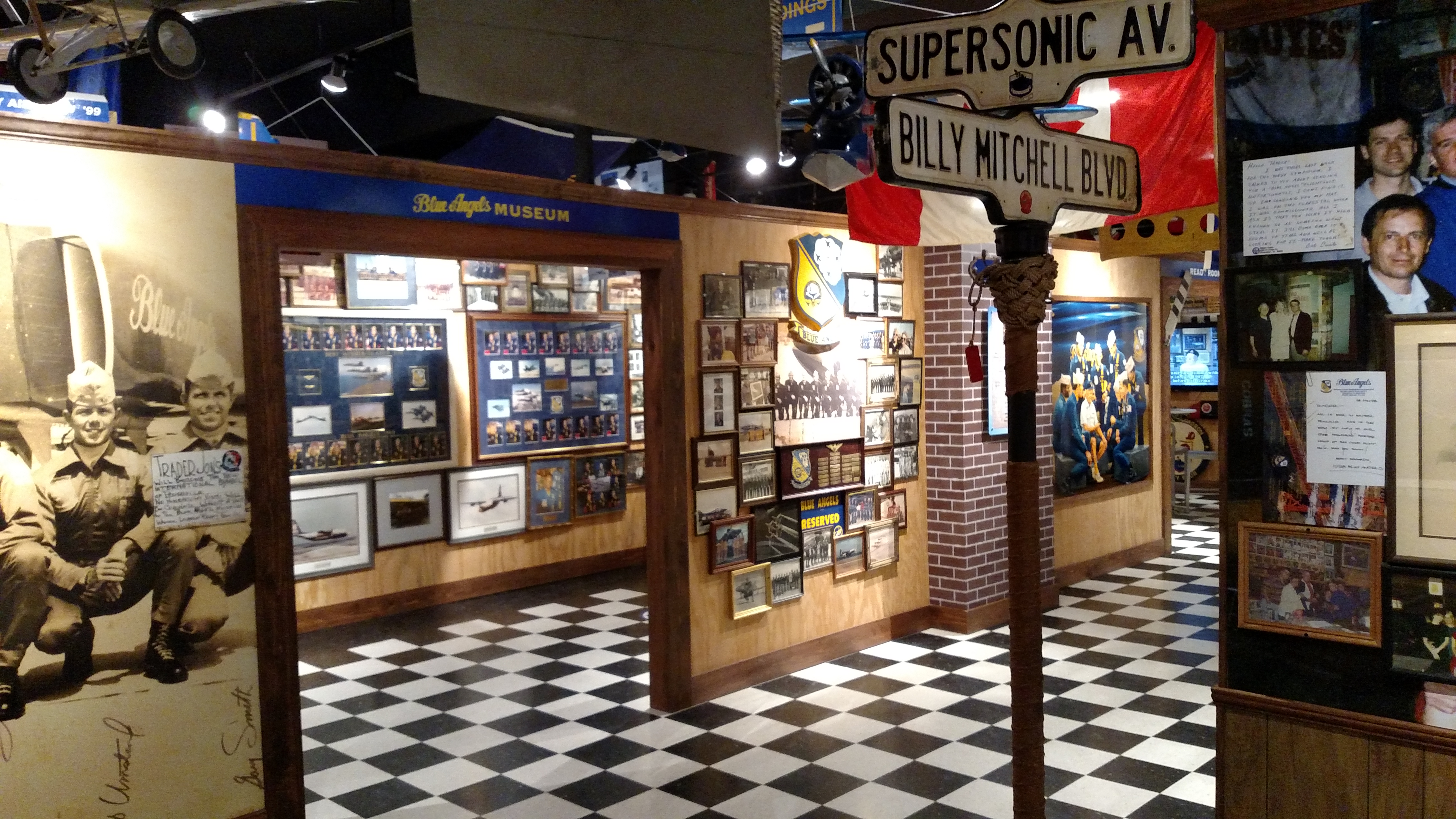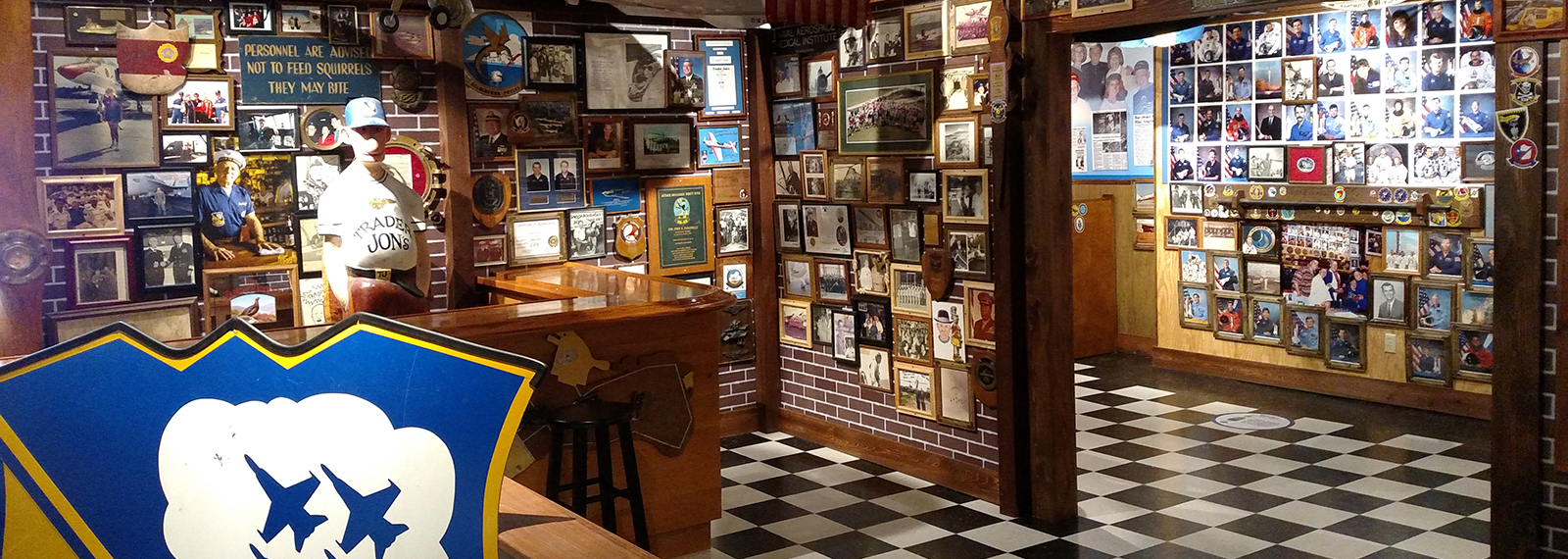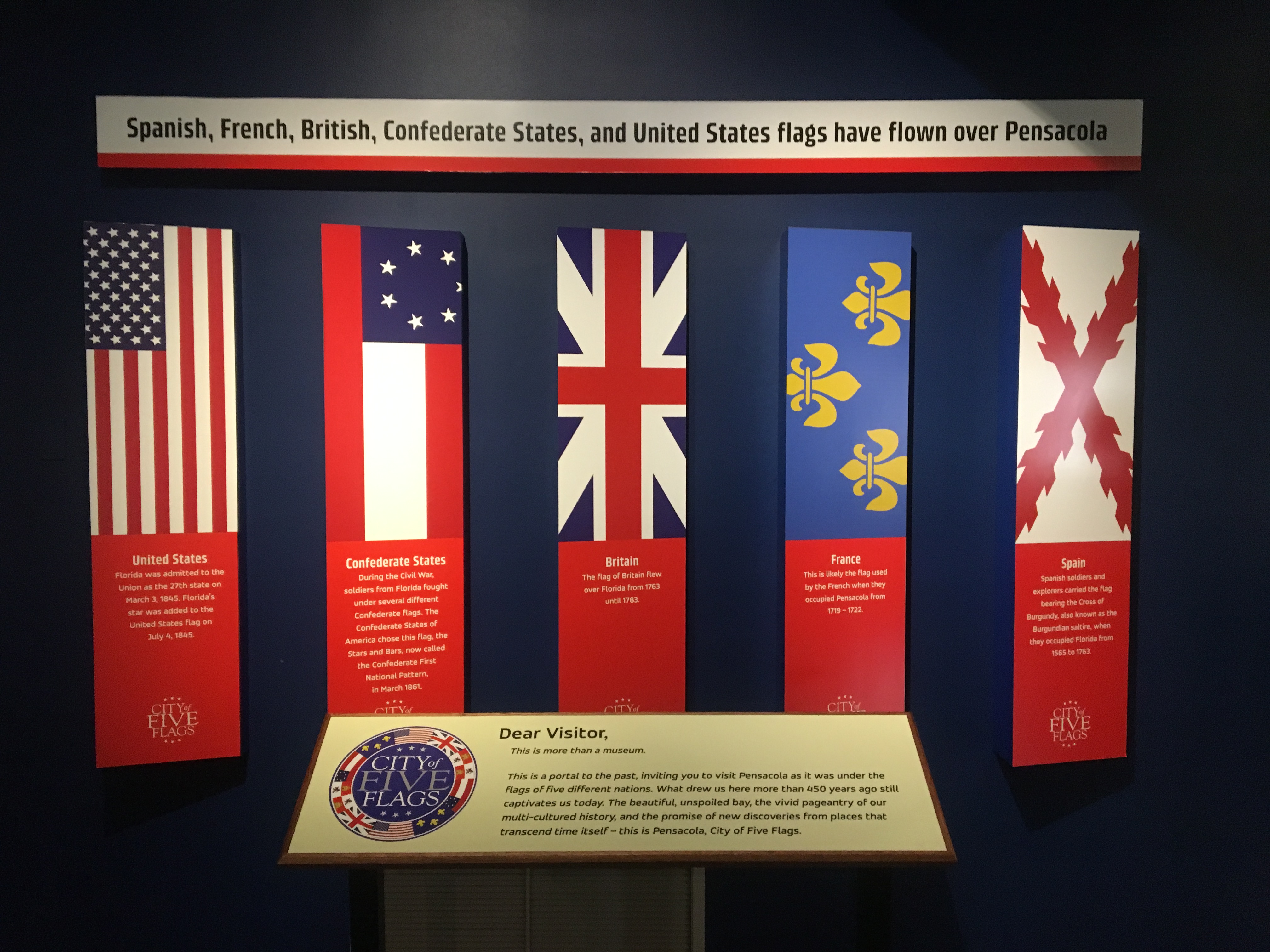Exhibits
There is always something to see and do in Historic Pensacola. Our Museum of Industry and Museum of Commerce are hosts to permanent exhibits and tell the stories of the Pensacola’s early industries and downtown Pensacola circa the 1890s.
In the Voices of Pensacola, see Musically Inclined: A Look at the Pensacola Jazz Scene.
The story of jazz dates back to the early 20th century New Orleans musicians. As it spread across the coast and eventually around the world, it became a more widely recognized genre of music. From its early beginnings to its modern popularity, jazz music has always held a special place in the heart of Pensacola. Open Tuesday through Friday.
The Pensacola Museum of History is where you will find a permanent exhibit on the history, archaeology and preservation of the City of Five Flags, in addition to changing exhibits.
The Pensacola Children's Museum has interactive exhibits for children to learn through play.
The Finding 1821 Trail allows you to explore Pensacola's history through modern technology. The Finding 1821 trail reflects a local establishment that was near that location two hundred years ago. Outside each business is a QR code that links to a corresponding advert from an early 1820s newspaper. You can find ours on the left window in the breezeway. Over a dozen sites have been identified so far. Take a stroll around town, visit local shops, and explore the history of Pensacola through today's technology.
Permanent Exhibits
Trader Jon's
Martin "Trader Jon" Weissman, owner and namesake of Trader Jon's Bar, was well known for his personal eccentricities such as his famously mismatched socks and "Tradernomics" as well as his eclectic establishment. One of Pensacola's top tourist destinations for decades, Trader Jon's, decorated with photos and memorabilia, some traded for drinks, was a safe haven where young flight students, military personnel, astronauts and movie stars rubbed shoulders with local politicians, characters and the occasional ne'er-do-well. Trained as a U. S. paratrooper in WWII, Trader's lifelong love of naval aviation and his livelihood were inseparable. There was truly nothing like it on Earth! Step inside and experience the legend that was Trader Jon's.
Visit the Events at Trader Jon's page for more information on booking the space for your next event!

The City of Five Flags
The City of Five Flags tells the unique story of Pensacola through artifacts, photographs and stories told through archaeology and preservation efforts. Renovated in 2012, the City of Five Flags exhibit includes streamlined timelines, one-of-a-kind artifacts, and immersive environments all designed to help visitors experience life in Pensacola under five different flags.
For thousands of years, people have been discovering Pensacola. Warriors, conquistadors, presidents, heroes from all walks of life, and countless others have discovered that in trying to make their mark on Pensacola, Pensacola has made its mark on them.
What drew people here more than 450 years ago still captivates us today. The beautiful, unspoiled bay, the vivid pageantry of our multi-cultured history, and the promise of new discoveries from places that transcend time itself--this is Pensacola, City of Five Flags.
Changing Exhibit Galleries
Hat Trick! Pensacola's Unexpected Sports
Third floor
August 30, 2024 - August 2025
Hey, batter batter! Ready to dive into the world of sports? Pensacola has been home to a wide variety of athletic adventures. Known for our baseball, other sports have unexpectedly found footing in our deep water city. Be sure to swing through our newest exhibit Hat Trick! Pensacola’s Unexpected Sports, located on the third floor of the Pensacola Museum of History. This gallery is a grand slam, so don’t strike out and miss the chance to experience our past through sports.
The Story of Us: From Curiosity Cabinets to Modern Museums
Long term gallery
Second floor
Modern museums look vastly different than 16th century curiosity cabinets. Museums, and their predecessors, exist because of the drive to preserve memories. Every object has a story to tell - sometimes two or three. Our mission is to protect and interpret thousands of objects that represent the history of Northwest Florida.
All the Small Things
December 7 -
Second floor
Sometimes even the smallest artifacts tell big stories. The massive collection of the UWF Historic Trust is made up of hundreds of thousands of individual objects. Our items range in size from our largest - a train engine - to the smallest of beads measuring no more than 4 cm long. Each item, no matter its size, reveals details of our lives through what we chose to keep, store, and display.
Innovations of Yesteryear: An Object Tour of the World's Fair
June 16, 2023 - July 2025
Second floor
World’s fairs are known for revealing the technology of tomorrow on an impressive scale. Beginning with the first Grand Exhibition in 1851, each World’s Fair highlights innovation while serving as a way for people to experience exciting progress like never before. Objects that today are commonplace, like dishwashers, tie back to these grand showcases. Explore how technology changed the world in this interactive and immersive exhibit: Innovations of Yesteryear.
A Port in Peril: Maritime Medicine in Pensacola
September 8, 2023 - March 2025
Second floor
During the early 20th century, maritime cities like Pensacola had dense population centers and a constant influx of travelers, creating the perfect environment for disease. The primary concern for Gulf Coast ports was the introduction of yellow fever. Part of our city is built on top of remnants of a system designed to protect its citizens from pandemics. Quarantine stations and special practices that rid incoming ships of dangerous germs were a vital part of the maritime industry.
Dressing History: Victorian Ladies
April 8 - September 2025
Second floor
The Victorian Era was a period of immense and quick change. This rapid development can be seen best through the lens of fashion, as silhouettes shifted every few years and designs changed with the seasons. In Victorian Ladies, part of our Dressing History series, the UWF Historic Trust invites you to immerse yourself in true 19th and 20th century eloquence.

